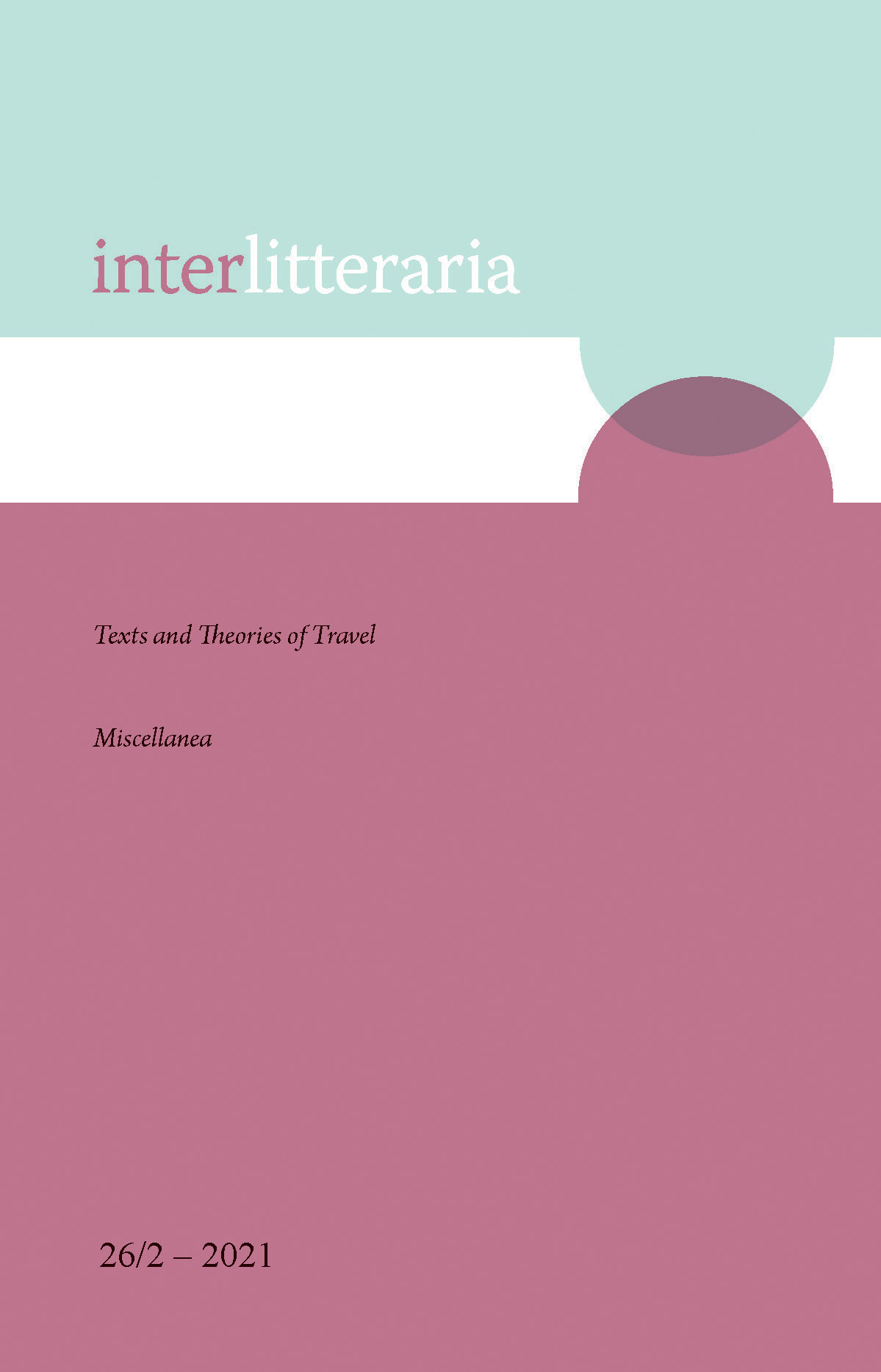A Comparative Study of Womanland in "Journey to the West" and "Flowers in the Mirror"
DOI:
https://doi.org/10.12697/IL.2021.26.2.5Keywords:
Womanland, story of travel, defamiliarisation, foot-bindingAbstract
Abstract: Journey to the West (Xiyou Ji西游记) and Flowers in the Mirror (Jinghua Yuan镜花缘) are two of the best-known stories of travel in ancient Chinese literature. Both works contain descriptions of outlandish sights and foreign customs, particularly the vivid descriptions of the fantastic and outlandish Womanland (Nv’er Guo 女儿国), which embodies traditional Chinese scholars’ understanding of the outside world. Comparativists tend to regard the portrayals of these exotic women and their talents, and the subverted roles of men and women, as the authors’ statements about the inferior status of women in feudal China and their denunciations of the oppression of women. Flowers in the Mirror is seen as more radical in its pursuit of women’s rights and gender equality. This article argues that androcentrism still prevails even in the positive depictions of the expression of women’s desires. Furthermore, the delineation of these exotic women and of supernatural spirits demonstrates the authors’ praise of China’s pre-eminence and its condescending views of foreign places.
Downloads
Downloads
Published
Issue
Section
License
The contents of Interlitteraria are published under CC BY-NC-ND licence.


